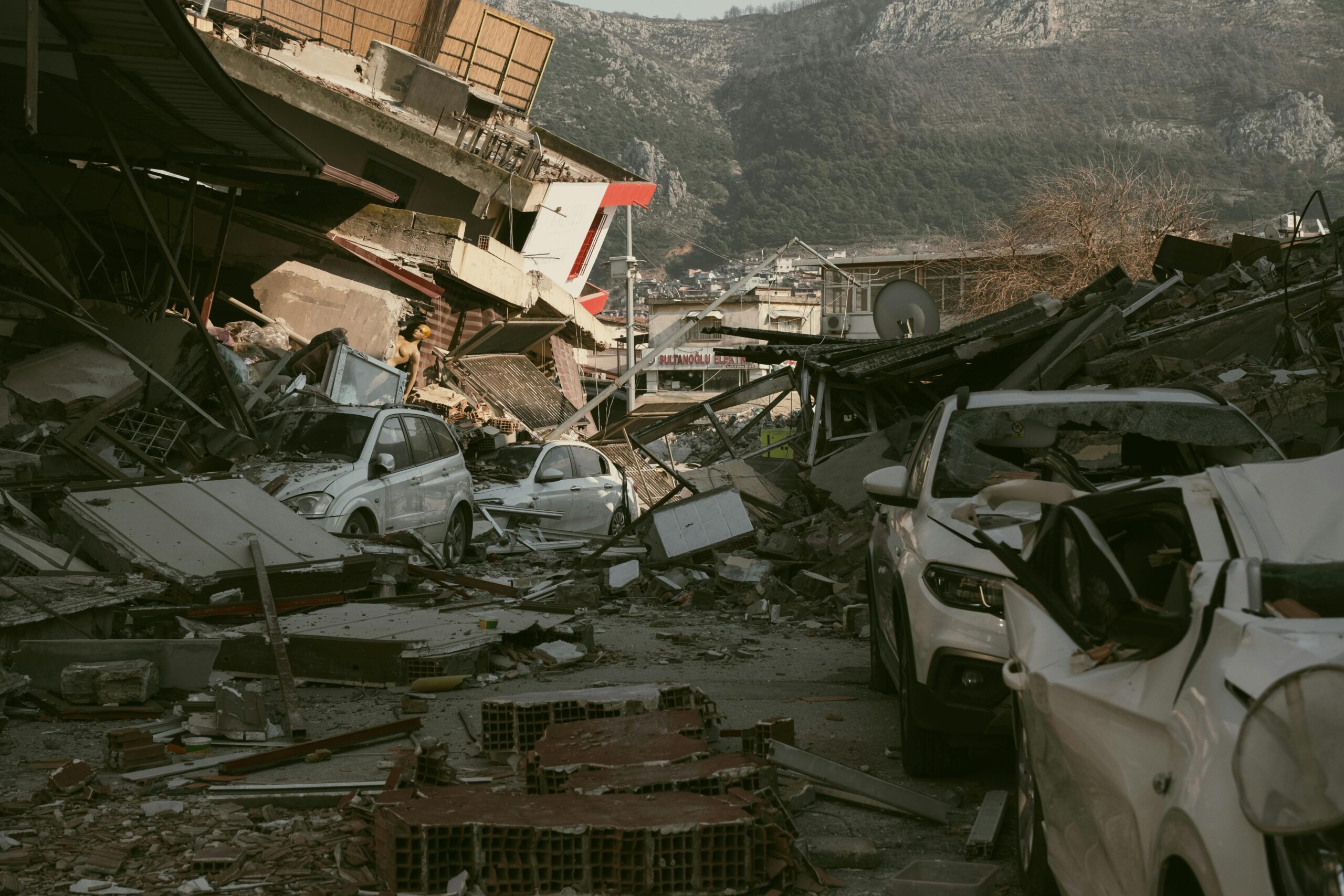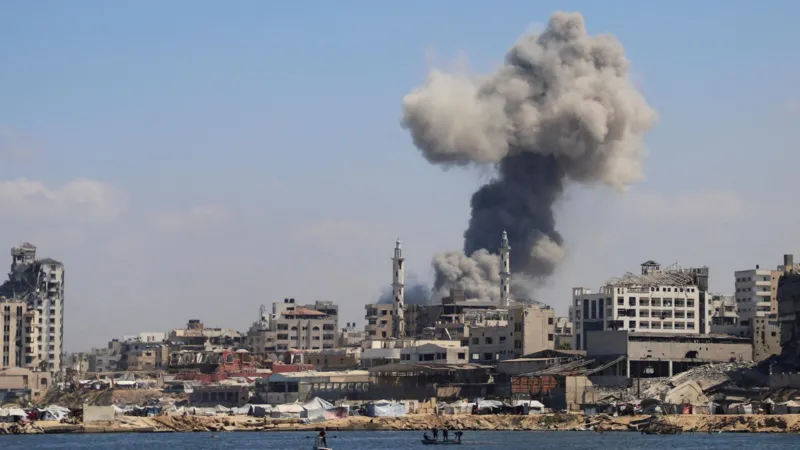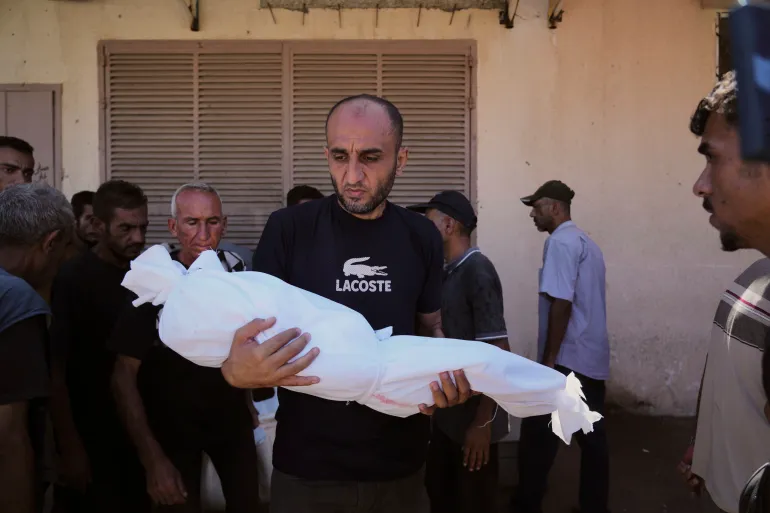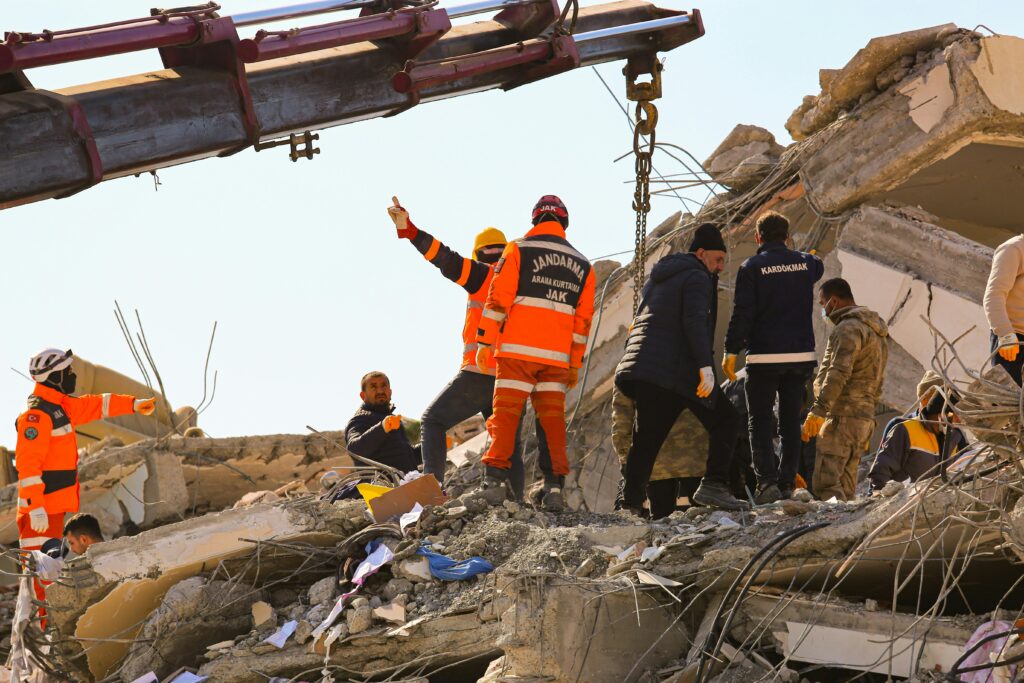
A powerful earthquake struck eastern Afghanistan on Sunday, killing at least 800 people and injuring more than 1,800. The magnitude 6.0 quake left remote villages in ruins, with hundreds feared trapped beneath collapsed homes. Rescuers are using helicopters to reach survivors, as blocked roads and rugged mountains have made ground operations nearly impossible.
The tragedy, now widely described as one of the deadliest earthquakes in Afghanistan in recent years, has exposed both the fragility of the country’s infrastructure and the limited resources available for disaster response.
Helicopters Lead the Rescue
With roads covered by debris and entire valleys cut off, the Afghan authorities have relied heavily on aerial searches. According to officials, nearly 90 helicopter flights were made in the first 48 hours to airlift survivors and deliver supplies.
- Entire families remain unaccounted for in the hardest-hit villages.
- In some areas, helicopters were forced to turn back after being unable to land on the rough terrain.
- Emergency teams described scenes of widespread destruction, with houses made of mud bricks collapsing instantly when the quake struck.
The reliance on helicopters has been a lifeline, but it also highlights the challenges of reaching isolated mountain communities in one of Asia’s most disaster-prone regions.
Human Stories From the Rubble
Survivors have shared harrowing accounts of the disaster. Mir Zaman, a resident of Kunar province, told reporters that he had to recover his own children’s bodies after neighbors were too overwhelmed to assist.
“There was no light, no help. I dug with a shovel and pickaxe. Everyone was suffering. Whole families are gone,” he said.
Another victim, two-year-old Maiwand, was rescued alive but with serious head injuries. His uncle described the scene as “tragic,” urging doctors to provide urgent care.
These stories reflect the immense emotional and physical toll on survivors, many of whom are mourning family members while struggling to find medical help.
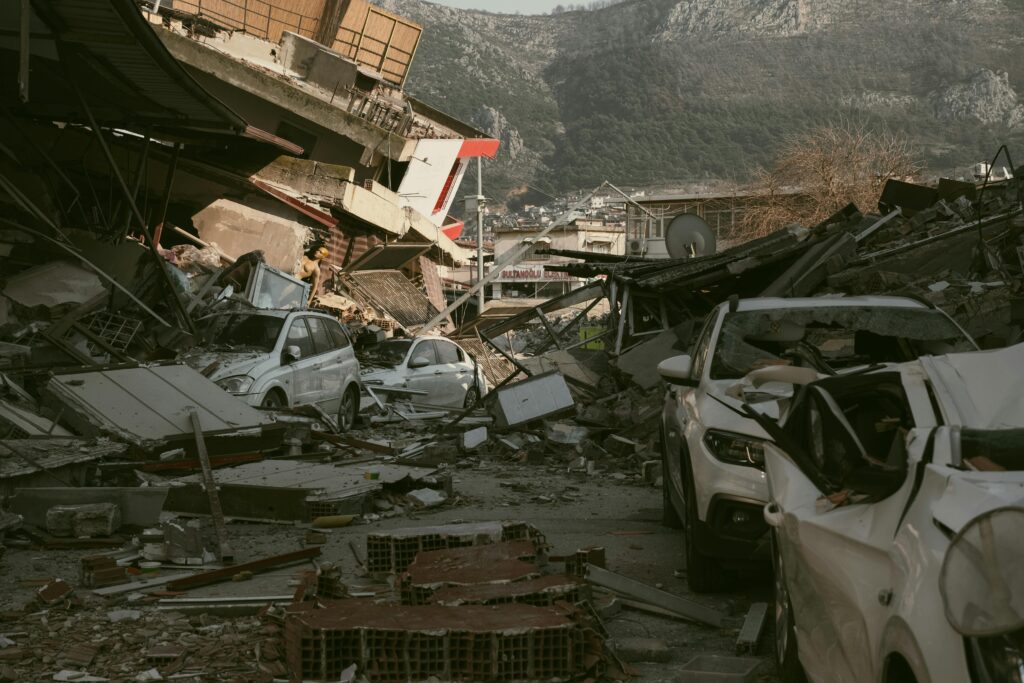
Hospitals Struggling to Cope
In Jalalabad, the largest nearby city, hospitals are overflowing with quake victims. Facilities that were already under strain are now treating hundreds of patients daily.
- Corridors and outdoor courtyards have been turned into makeshift wards.
- Medical staff are reporting shortages of supplies, including painkillers and bandages.
- Emergency aid is slow to arrive, further complicating the crisis.
Doctors warn that unless more international assistance is provided quickly, the death toll could climb further as untreated injuries lead to complications.
Calls for International Help
The Taliban government has appealed for urgent global assistance. The United Nations announced the release of emergency funds, while the UK pledged £1 million ($1.3m) to support rescue and relief efforts. Aid agencies, however, say much more is needed given the scale of the devastation.
International groups stress that rescue operations in Afghanistan are always complicated by political tensions, poor infrastructure, and limited access to remote communities. Nonetheless, the scale of this disaster has prompted renewed calls for global cooperation, regardless of politics.
Why Afghanistan Is Vulnerable
Earthquakes are not uncommon in Afghanistan. The country lies on the collision point of the Indian and Eurasian tectonic plates, making it highly prone to seismic activity.
- Most rural homes are made from mud bricks and timber, which collapse easily in even moderate tremors.
- Decades of war have left infrastructure fragile and disaster-preparedness minimal.
- International sanctions have further limited the country’s ability to modernize its infrastructure.
Experts warn that without significant investment in earthquake-resistant housing and infrastructure, such tragedies will continue to devastate Afghan communities.
A Nation in Crisis
This earthquake comes at a time when Afghanistan is already facing severe humanitarian challenges. The economy remains crippled, hunger levels are rising, and healthcare facilities are underfunded. The quake has only deepened these struggles, leaving thousands more in desperate need of food, shelter, and medical aid.
For survivors, the biggest fear now is not just the destruction but also what comes after: disease outbreaks, displacement, and the lack of long-term recovery plans.
Conclusion
The Afghan quake kills 800 has left an indelible scar on the country. While helicopters continue to scour the mountains for survivors, the reality is that entire communities have been wiped out, and thousands more are now dependent on international aid.
For Afghanistan, this disaster is not only a human tragedy but also a grim reminder of the fragile conditions under which millions live. Without immediate and coordinated global support, the suffering could worsen in the weeks to come.
